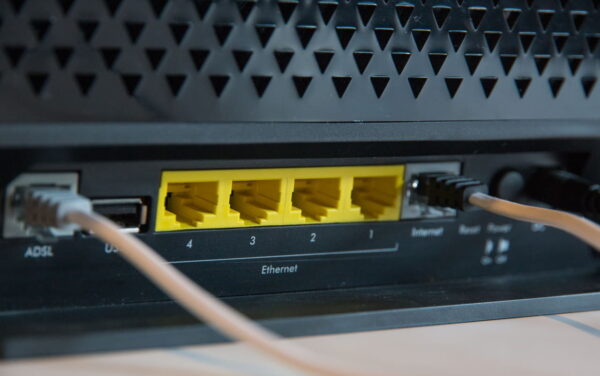In today’s interconnected digital landscape, a robust home network is no longer a luxury but a necessity. If you’ve been struggling with laggy video calls, slow streaming speeds, or disruptions in your online gaming, Home Network Upgrades are what you need to bridge the gap.
Here, we’ll guide you through the imperative upgrades that promise to transform your home connectivity experience.
Why Upgrading is Imperative

As more people adapt to remote work, online education, and entertainment streaming, the demand on home networks has grown exponentially. With multiple devices connected at any given time – from smartphones to smart fridges – ensuring seamless connectivity is paramount.
Choosing the Right Router
Arguably the heart of your home network, the router plays a pivotal role. Upgrading to a dual-band or tri-band router can greatly enhance your network’s performance. Consider routers with MU-MIMO (Multi-User, Multiple Input, Multiple Output) technology which allows simultaneous streaming on multiple devices without compromising speed.
Mesh Networking Systems
For homes spanning multiple floors or large areas, a mesh network system is an excellent investment. Unlike traditional extenders that merely rebroadcast a signal, mesh systems use multiple nodes to create a singular strong network, ensuring that every corner of your home enjoys optimal connectivity.
Wired Connections Still Matter
While Wi-Fi is the star of the connectivity show, don’t disregard the importance of wired connections. Ethernet cables, particularly Cat6 or Cat7, offer faster speeds and more stable connections for devices like gaming consoles, desktop computers, and smart TVs.
For a lag-free experience, consider setting up an Ethernet backhaul in your home.
Optimize Wi-Fi Channels
Just as a highway can get congested during peak hours, so can Wi-Fi channels. Using tools like Wi-Fi Analyzer, you can inspect your surroundings for the least congested channels. Switching to a less crowded channel can significantly boost your Wi-Fi speed and reduce interference.
Quality of Service (QoS) Settings
Quality of Service or QoS is a feature available in modern routers that allows users to prioritize network traffic. For instance, if you’re in a crucial video call, you can set the call to receive higher bandwidth priority over other tasks like downloads.
Delve into your router settings and configure QoS to fit your home’s unique usage patterns.
Upgrade Your Internet Plan
While internal upgrades are crucial, they’re half the battle. Sometimes, the bottleneck lies with your Internet Service Provider (ISP). If you’re consistently maxing out your plan’s capabilities, it may be time to consider an upgrade.
Many ISPs now offer fiber-optic plans with gigabit speeds that can cater to even the most demanding of network tasks.
Network Security – A Non-Negotiable
In the quest for speed and efficiency, don’t neglect security. A robust home network is also a secure one. Regularly update your router’s firmware, change default passwords, and consider setting up a Guest Network for visitors.
Employing WPA3 encryption is another step in ensuring that your network remains impervious to external threats.
Regular Network Audits
Routine checks on your home network can help identify potential issues before they escalate. Tools like Speedtest can give you real-time insights into your network’s health. Also, be on the lookout for outdated devices that may be slowing down your connectivity and consider replacing or updating them.
Conclusion
Enhancing your home’s connectivity goes beyond merely purchasing a high-end router. It involves a holistic approach – from optimizing Wi-Fi channels to ensuring the network’s security. By implementing the upgrades and strategies detailed above, you’re well on your way to a high-performance, efficient, and secure home network.